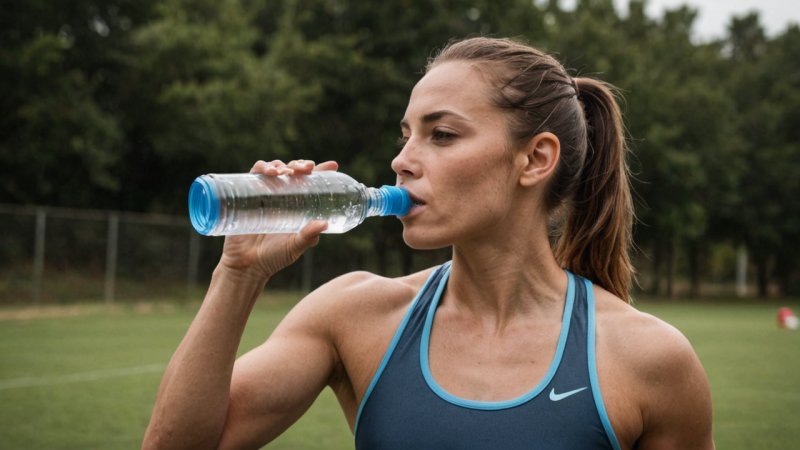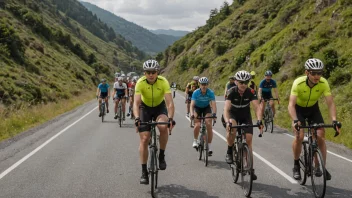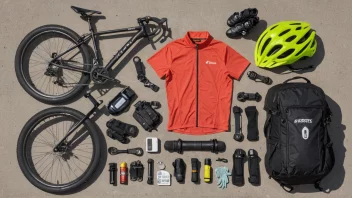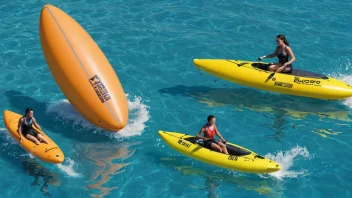Introduction
Hydration is a vital component of athletic performance, especially during training. This article will guide you through effective hydration strategies that can enhance your performance, keep you safe, and ensure you train at your best. By understanding when, how much, and what to drink, you can optimize your hydration to support your training goals.
Step 1: Understand Your Hydration Needs
Before you can develop a hydration strategy, it’s important to understand your individual hydration needs. Factors that influence these needs include:
- Body Weight: Heavier athletes may need more fluids.
- Climate: Hot and humid environments increase fluid loss through sweat.
- Intensity of Training: More intense workouts require more hydration.
Step 2: Monitor Your Hydration Status
To determine if you are adequately hydrated, consider these methods:
- Urine Color: Light yellow indicates good hydration, while dark yellow suggests dehydration.
- Body Weight Changes: Weigh yourself before and after training to check for fluid loss.
Step 3: Develop a Hydration Plan
Your hydration plan should be personalized based on the information gathered in the previous steps. Here’s how to create one:
- Pre-Training: Consume 16-20 ounces of water at least an hour before training.
- During Training: Drink 7-10 ounces of water every 10-20 minutes during your workout.
- Post-Training: Rehydrate with 16-24 ounces of fluid for every pound lost during training.
Step 4: Choose the Right Fluids
Not all fluids are created equal. Here are some recommendations:
- Water: The best choice for most training sessions.
- Electrolyte Drinks: Useful for long-duration training (over an hour) to replenish lost electrolytes.
- Sports Drinks: Consider these for intense exercise lasting longer than 90 minutes.
Step 5: Adjust Hydration Based on Conditions
Your hydration strategy should adapt to different training conditions:
- Hot Weather: Increase fluid intake and consider electrolyte-rich beverages.
- Cold Weather: Hydration is still important; drink warm fluids to encourage intake.
- High Altitude: Increase fluid intake as altitude can lead to quicker dehydration.
Step 6: Stay Consistent
Consistency is key to any successful hydration strategy. Here are tips to help you stay on track:
- Set Reminders: Use alarms or apps to remind you to drink at regular intervals.
- Carry a Water Bottle: Always have water accessible during training sessions.
- Track Intake: Consider keeping a hydration journal to monitor your fluid intake.
Step 7: Listen to Your Body
Your body is an excellent indicator of its hydration needs. Pay attention to:
- Thirst: Don’t ignore your thirst; it’s a sign you need fluids.
- Fatigue: Unusual tiredness could be a sign of dehydration.
- Headaches: Frequent headaches may indicate you’re not drinking enough.
Conclusion
In summary, mastering hydration involves understanding your individual needs, monitoring your hydration status, creating a personalized hydration plan, choosing the right fluids, adjusting based on conditions, staying consistent, and listening to your body. Implementing these strategies will help you optimize your training performance while ensuring your safety. Remember, hydration is not just about drinking water; it’s about maintaining the balance necessary for peak athletic performance.






